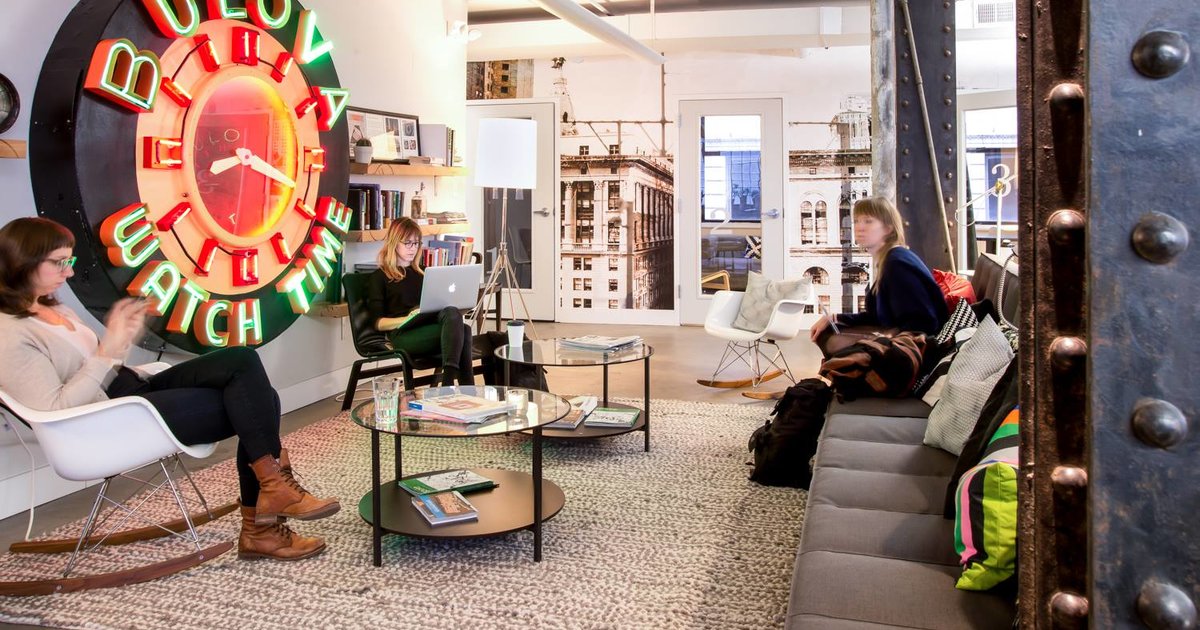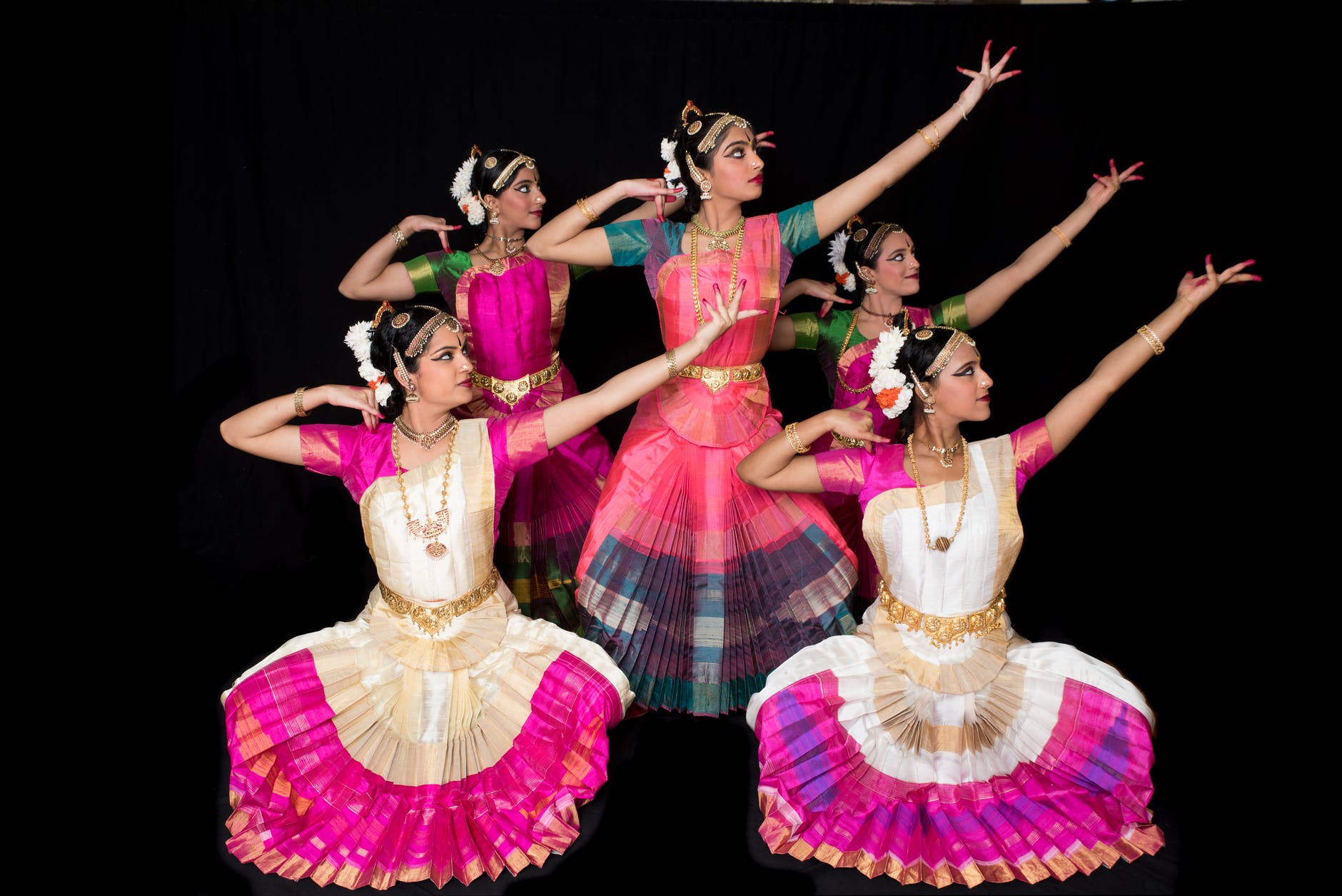
Artists explore community identity, new technology and more in Philadelphia
This week, the Knight Arts team will gather in Philadelphia to meet with our grantees, celebrate their successes over the past year and watch our artists in action from Opera Philadelphia to the Philly Fringe Festival and more. We are also announcing the latest artists and arts organizations to receive Knight funding. In Philadelphia, we have begun to to focus at looking at ways to support the growth of individual artists, artistic work that is grounded in a specific community and the impact of technology on the production and distribution of art.
As I have spoken with artists and arts leaders over the past year, three themes have emerged from my conversations with grantees. I’ve listed them below, with a little on what some of our newest Philadelphia grantees are doing to address them.
1) First, there is both excitement and confusion around the changes in technology. Artists understand the power of social media to attract attention. But how do they use data and online platforms to attract new audiences, donors or share their work? Do “likes” ultimately translate into ticket sales?
Certainly, artists are ready to experiment and learn what tech has to offer. Philadelphia’s Painted Bride Art Center, for example, is producing a series called the Secret Show, which as the name suggests keeps the name of the theater piece a secret until the last minute. With Secret Show, young theater curators are given the opportunity to identify and present emerging artists under the mentorship of Bride staff. The Bride has learned that for younger audiences, adventurousness is a big part of the appeal of an artistic event. Secret Show capitalizes on this spirit of adventure by asking emerging artists to present their ideas with no artistic barriers. Tickets for the series are priced at an affordable rate, and the details of the production are released at the last minute via social media. The series creates opportunities for those one-time-only, “I was there” experiences that artists and audiences alike are seeking. We are anxious to see how Philadelphia audiences respond to this approach and are staying glued to the Bride’s Instagram @paintedbrideartcenter.

2) Artists and audiences are eager to discuss identity.
Who am I? Who are you? Who decides which community or group you belong too or are excluded from? How we define ourselves has powerful implications about the role we play in our community. Audiences resonate with stories about their community and artists are ready to tell those stories.
The Taller Puertorriqueno project to bring the artist-led team ESCOBAR-MORALES to engage community residents in discussions about how they envision themselves and their neighborhoods is a prime example of how artists can shape conversations around identity. Escobar –Morales’ project American Media Output is a fake advertising agency that uses alluring imagery on advertisements, websites and social media for public consumption to provoke conversation about contentious topics. They brought the project to the largely-Latino Fairhill neighborhood in North Philadelphia in 2012 and 2014, with Knight funding, which sparked a new sense of neighborhood pride. Building on that pilot, Taller Puertorriqueno will commission Escobar-Morales for a two-year project to implement a comprehensive Yo Soy Oro campaign.
3) Individual artists continue to face significant barriers to obtaining funding.
Our cities need individual artists to create new work, teach programs and contribute to the vibrancy of our cities. How can these artists accomplish all that without forming a non-profit? How can they obtain greater resources to produce more ambitious projects? How can they receive the professional development they need to improve their artistic practice?
CultureWorks develops programs to respond to the growing lack of cultural equity in our country’s support systems for the arts. They define cultural equity as the achievement of equitable distribution of and access to the assets necessary for cultural practices of any size to flourish. According to Data Arts, more than 70 percent of all cultural organizations in Greater Philadelphia operate with budgets of less than $1 million. Most funders push individuals to create and grow organizations as a singular path for scaling their work. However, in the cultural sector, deliberate small scale can be a strength—it is where we get diversity of tradition and expression, room to experiment and take risk, and reach into specific cultural communities.
CultureWorks is going to develop and test a new shared funding model, called VENTURE, for increasing access to institutional grant dollars for smaller cultural organizations and individual artists. VENTURE will offer access to a shared revenue development team focusing on marketing and individual fundraising, an “institutional advancement” (IA) team, along with supporting research staff and data management technology. If this type of shared revenue model works, it is a significant resource that could be created in other Knight communities to support smaller organizations and individual artists so that they can focus on making art, not running an organization.
We hope to learn from and share insights from these three projects as well as our other grantees over the next year. Congratulations to all our 2016 arts grantees in Philadelphia. You can find out more about them below.

2016 Philadelphia Arts Grantees
Asian Arts Initiative ($20,000) Supporting the development and production of “Salt Soul,” a site-specific performance by Jungwoong Kim featuring dance, music, video and vocalization that explores three incidents of sudden loss, disaster, and grief from an Asian-American perspective.
Black Pearl Chamber Orchestra ($20,000): Creating a multi-sensory experience with “Synaesthesia,” which pairs music, art and a meal prepared by a celebrity chef at the Barnes Museum that explores the connections between the aesthetic and sensory experiences of each genre. The project is inspired by the branch of philosophy- somaesthetics – which explores the role of the body experience in aesthetic appreciation.
Black Star Film Festival ($50,000): Celebrating filmmakers of the African diaspora, and sharing their stories with Philadelphians, at the 2016 festival this summer. More than 4,000 people attended the festival which explored the theme of migration.
CultureWorks Greater Philadelphia ($50,000): Increasing the capacity of individual artists and small arts organizations to get the support they need for their work through VENTURE, a new funding model that offers a shared revenue development team and technology for small-scale projects and organizations. VENTURE will develop and test new ways to provide affordable fundraising and marketing support to cultural organizations and creative enterprise.
Institute of Contemporary Art at the University of Pennsylvania ($5,000) Increasing artistic literacy and developing new audiences for contemporary art with a free public education series “What is Contemporary Art?” The sessions will be taught by a combination of University of Pennsylvania faculty, local artists and writers at the Institute of Contemporary Art.
Greater Philadelphia Cultural Alliance ($50,000) Helping arts organizations use data to build their patron base by partnering with Code for Philly on a year-long initiative pairing technologists and arts groups. The event will include meet-ups with leaders in politics, sports and retail to talk about how they use data to transform their organizations and businesses.
Greater Philadelphia Cultural Alliance and PATH – Preserving, Archiving & Teaching Hip Hop ($50,000) Showcasing Philadelphia artists during the 2016 Democratic National Convention by activating the city’s main thoroughfare, Broad Street, with the arts, including a median mural, a performance of the contemporary hip-hop musical “The Last Jimmy” and a youth-created public art installation
MoBBallet ($50,000): Documenting the experiences of black ballerinas with media installations telling the stories of four trained in Philadelphia starting in the 1940s. As more ballets seek to diversify their companies, MOBB wants to share the history of blacks in ballet to create a legacy that connects to modern audiences.
Opera Philadelphia ($2.5 million announced earlier this year) To rethink and present a new format for it’s season opening festival, part of which will be tested at its fall opener this week.
Painted Bride Art Center ($25,000): Exploring new ways to attract millennials to the center with the Secret Show series, where the subject of the show is unknown to the audience until it premieres. The series curated by emerging artists creates opportunities for those one-time-only, “I was there” experiences that artists and adventuresome audiences alike are seeking.
Philadelphia Dance Company ($40,000) To engage audiences with “Straight Outta Philly” – a new PHILADANCO! production in collaboration with acclaimed choreographer and Philadelphia native Rennie Harris that will blend street style hip-hop and modern dance in November.
Philadelphia Fringe Festival ($25,000): Attracting and building a diverse FringeArts audience more reflective of the Philadelphia community by supporting the 2016 Fringe Festival to present African/African American performance artists in performance, educational programing and facilitated conversations with artists.
Taller Puertorriqueño ($25,000): Engaging artists and residents in challenging perceptions of the city’s Fairhill neighborhood with Yo Soy Oro, a multi-media campaign and exhibition. This effort builds on a successful 2014 initiative, where the award-winning artists Escobar-Morales created a fake advertising agency to develop a campaign that contemplate economic and social issues through the lens of advertising.
Three Aksha ($5,000) Creating new choreography for classical Indian dance by bringing master artists from India to Philadelphia to form a 20-minute piece based on the Indian text Natyashastra, an ancient and classic Sanskrit piece on stagecraft in the performing arts.
Recent Content
-
Artsarticle ·
-
Artsarticle ·
-
Artsarticle ·

